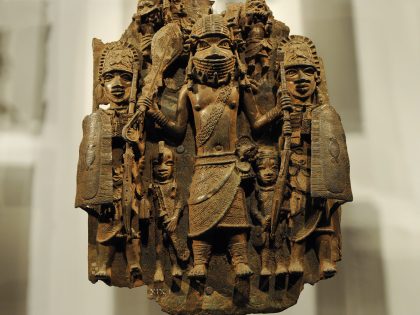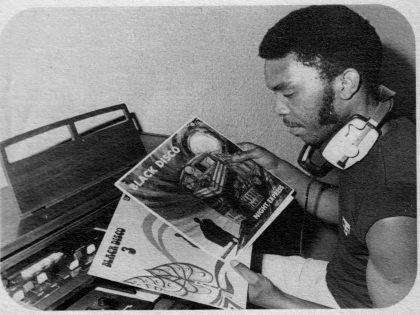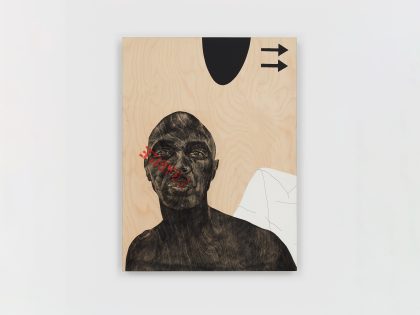The key figures in Colombia’s Picó sound system culture

The sound system, or Picó culture of the Caribbean coast of Colombia is very close to my heart. Not only is there a strong relationship between it and the popular music of 1970’s and 80’s West and Central Africa, but the propensity towards innovation via digital production (something that I’m near obsessed with as a DJ) is very strong in this part of the world as well. As I’ve highlighted in previous writing, Atlantic costeño audiences and producers will consume and reproduce everything from soca to zouk to mbaqanga to vallenato to salsa to dancehall to soukous to contemporary Nigerian Pop – incorporating their own indigenous African rhythms, language, and cultural understandings into the diverse musical stew. Throw in the Spanglish-patois influence of the Caribbean islands of San Andres and Providencia, and you have the makings for my Black Atlantic musical mecca.
I’ve now taken two pilgrimages to this part of Colombia (while neglecting other, equally fascinating, parts of the country) in order to see, interact, and learn in this environment. Each time I’ve been there I end up lamenting the lack of attention the scenes get outside of Colombia and a small circle of international DJs. Well, Native Instruments – the German music software and hardware company – has taken a step in the right direction by financing the below documentary. Directed by Luis Antonio Delgado, it follows Colombian music producer Mauricio Alvarez around the region as he encounters some of the key players in the Picó scenes of Cartagena and Barranquilla. Check it out below:
cross-posted at Dutty Artz



















